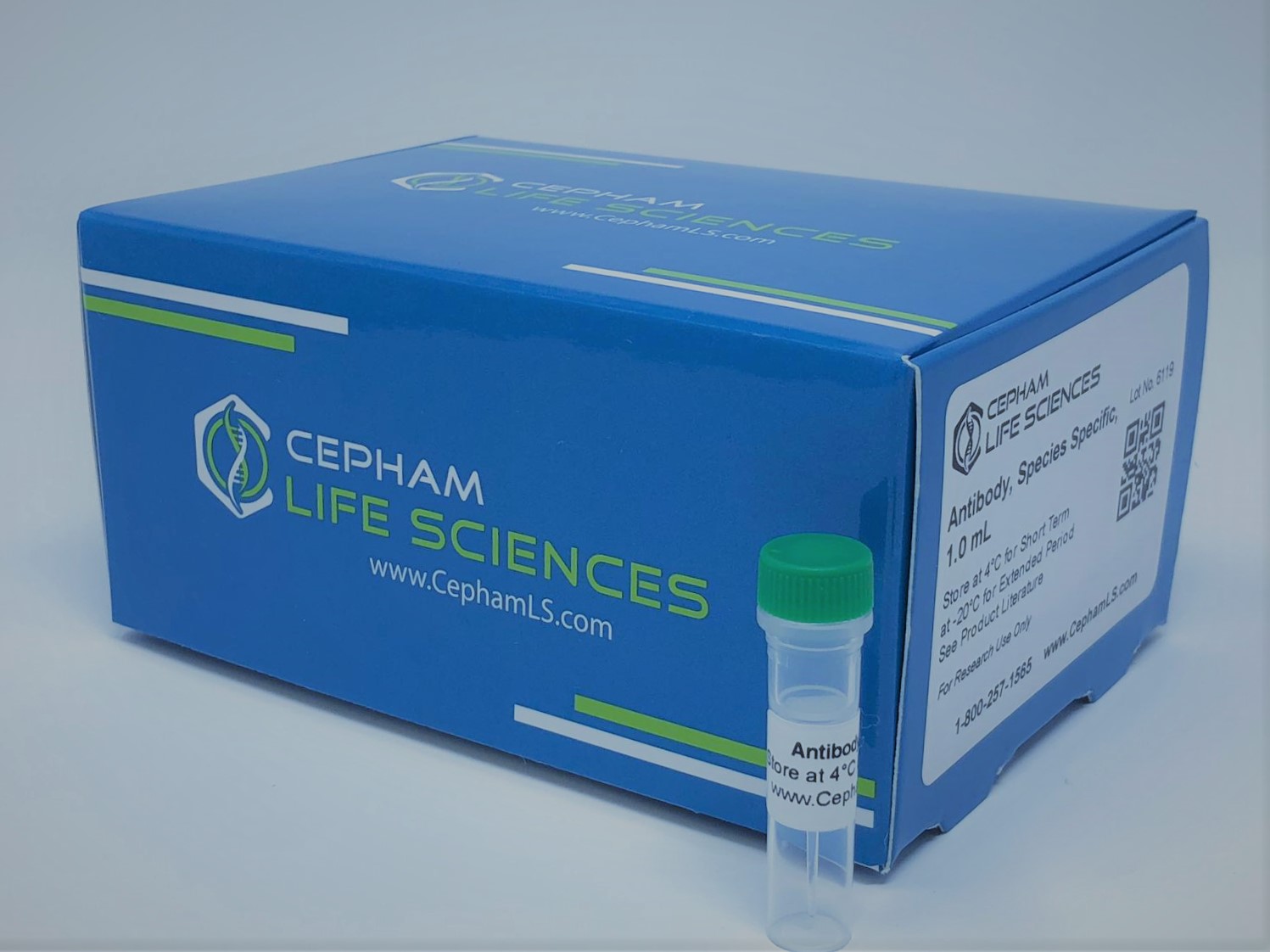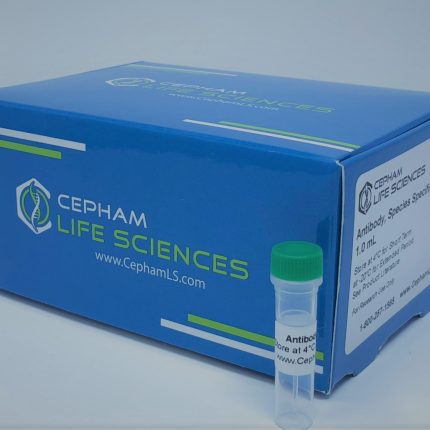Aliases
AIF4; AIP4; atrophin-1-interacting protein 4; EC 6.3.2.-; Itchy homolog E3 ubiquitin protein ligase
Antibody Type
Polyclonal Antibody
Uniprot ID
Swiss-Prot: Q96J02
NCBI Gene ID: 83737
Immunogen
Synthesized non-phosphopeptide derived from human ITCH around the phosphorylation site of tyrosine 420 (F-I-Y(p)-G-N).
Raised In
Rabbit
Species Reactivity
Human Mouse
Tested Applications
WB Recommended dilution: Western blotting: 1:500~1:3000
Background / Function
Acts as an E3 ubiquitin-protein ligase which accepts ubiquitin from an E2 ubiquitin-conjugating enzyme in the form of a thioester and then directly transfers the ubiquitin to targeted substrates. It catalyzes ‘Lys-29’-, ‘Lys-48’- and ‘Lys-63’-linked ubiquitin conjugation. It is involved in the control of inflammatory signaling pathways. Is an essential component of a ubiquitin-editing protein complex, comprising also TNFAIP3, TAX1BP1 and RNF11, that ensures the transient nature of inflammatory signaling pathways. Promotes the association of the complex after TNF stimulation. Once the complex is formed, TNFAIP3 deubiquitinates ‘Lys-63’ polyubiquitin chains on RIPK1 and catalyzes the formation of ‘Lys-48’-polyubiquitin chains. This leads to RIPK1 proteasomal degradation and consequently termination of the TNF- or LPS-mediated activation of NFKB1. Ubiquitinates RIPK2 by ‘Lys-63’-linked conjugation and influences NOD2-dependent signal transduction pathways. Regulates the transcriptional activity of several transcription factors, and probably plays an important role in the regulation of immune response. Ubiquitinates NFE2 by ‘Lys-63’ linkages and is implicated in the control of the development of hematopoietic lineages. Critical regulator of T-helper (TH2) cytokine development through its ability to induce JUNB ubiquitination and degradation By similarity. Ubiquitinates SNX9. Ubiquitinates CXCR4 and HGS/HRS and regulates sorting of CXCR4 to the degradative pathway. It is involved in the negative regulation of MAVS-dependent cellular antiviral responses. Ubiquitinates MAVS through ‘Lys-48’-linked conjugation resulting in MAVS proteasomal degradation. Involved in the regulation of apoptosis and reactive oxygen species levels through the ubiquitination and proteasomal degradation of TXNIP. Mediates the antiapoptotic activity of epidermal growth factor through the ubiquitination and proteasomal degradation of p15 BID. Targets DTX1 for lysosomal degradation and controls NOTCH1 degradation, in the absence of ligand, through ‘Lys-29’-linked polyubiquitination.Chen X., Genomics 73:238-241(2001).Deloukas P., Nature 414:865-871(2001).Wood J.D., Mol. Cell. Neurosci. 11:149-160(1998).
Conjugate
Unconjugated
Storage Buffer
Rabbit IgG in phosphate buffered saline (without Mg2+ and Ca2+), pH 7.4, 150mM NaCl, 0.02% sodium azide and 50% glycerol.
Form
liquid
Storage
Shipped at 4°C. Upon delivery aliquot and store at -20°C or -80°C. Avoid repeated freeze.
Purity
The antibody was affinity-purified from rabbit antiserum by affinity-chromatography using epitope-specific immunogen.







